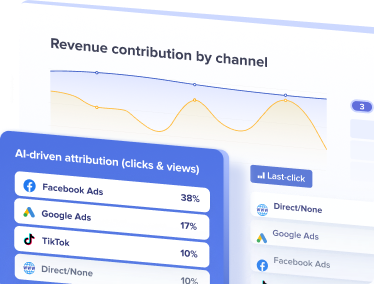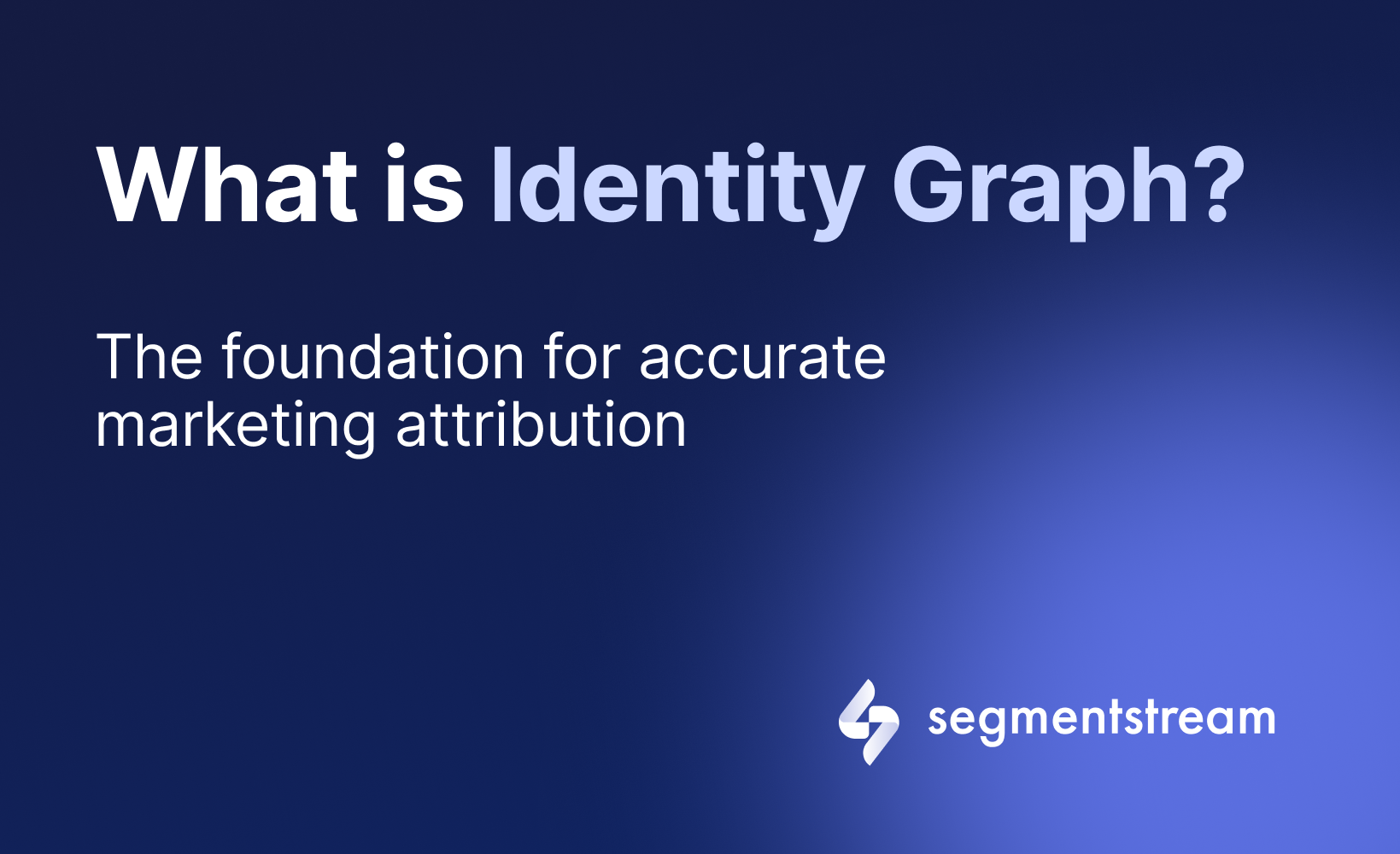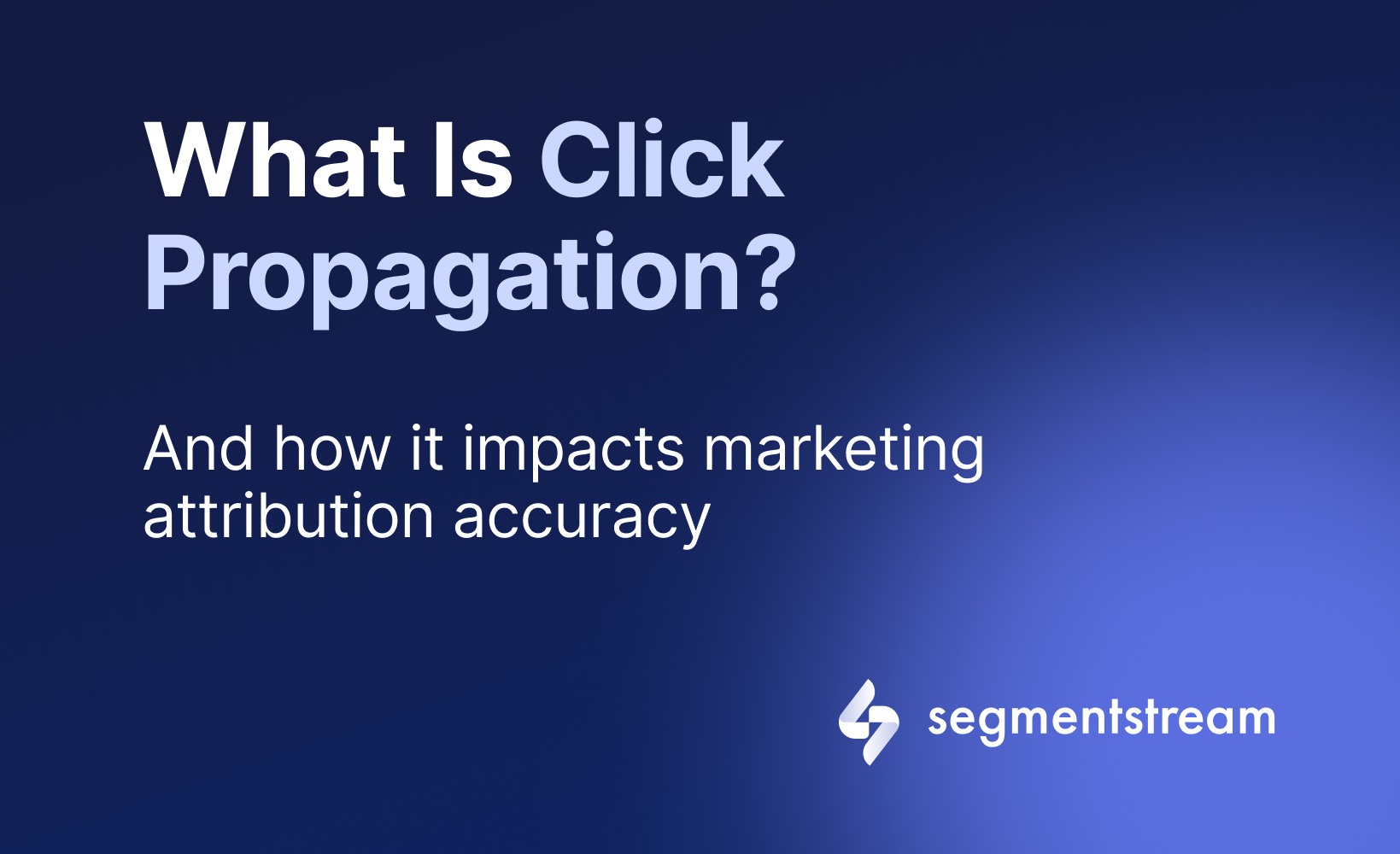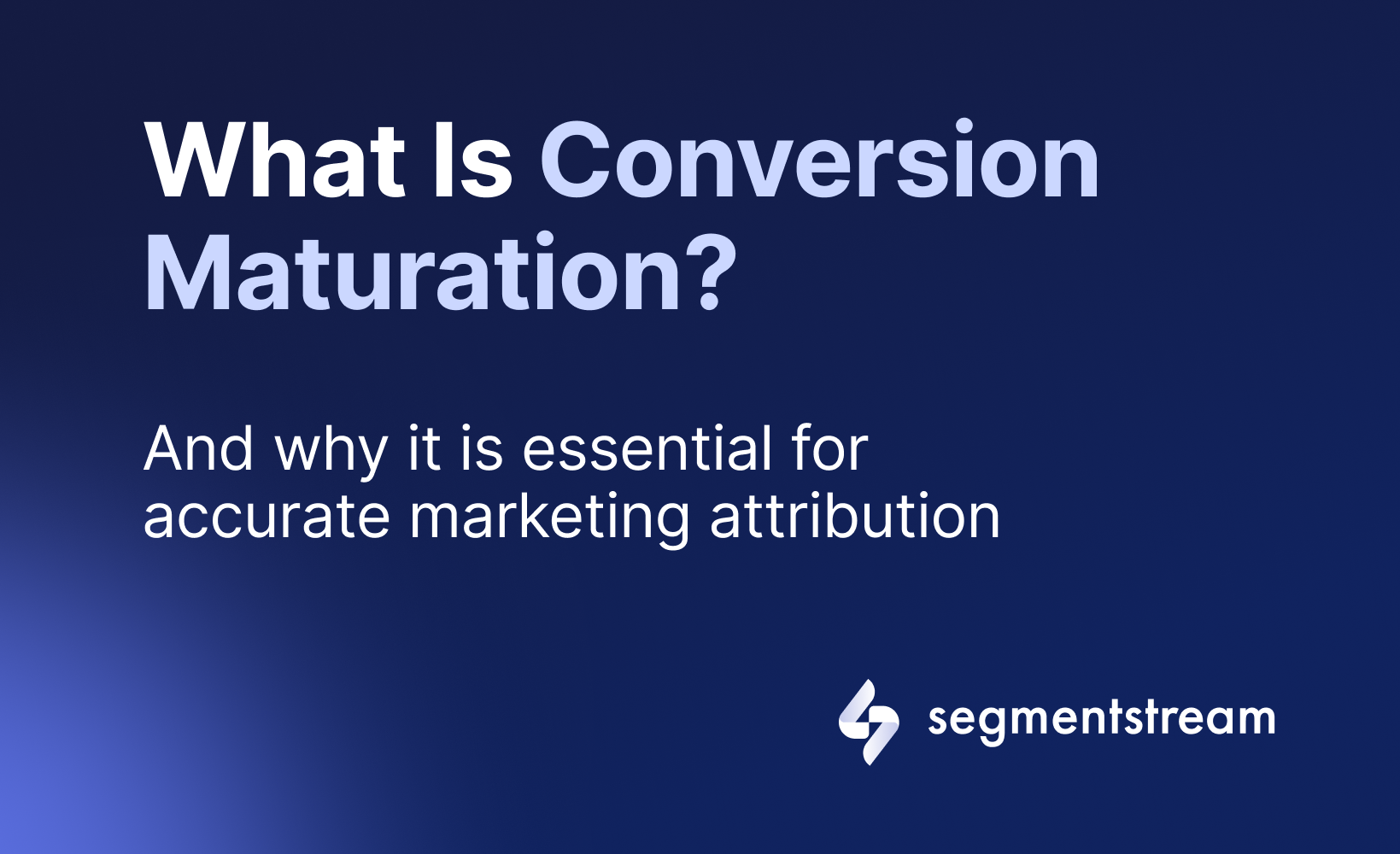Top-5 Alternatives to Pecan AI for predictive analytics in 2025
Pecan AI is a predictive analytics platform offering Marketing Mix Modelling (MMM), predictive ROAS and ad campaign optimisation.AI
It builds on defining a business problem a customer has, turning it into a straightforward predictive question and generating predictions to help address it.
As noted in G2 reviews, Pecan is best suited for advanced marketing teams that have an in-house data scientist to establish and implement predictive models.

If you are exploring advanced analytics solutions, here are 5 other tools to look into.
1. SegmentStream
SegmentStream, like Pecan AI, relies on the power of artificial intelligence.
Our platform analyses hundreds of data points: from impressions, clicks, and CRM details to user behaviour on your website, aiming to comprehend the real influence of each channel and campaign on your revenue.
This surpasses traditional last-click or multi-touch models by recognising all touchpoints that guide users through the sales funnel, even if they don’t lead directly to a conversion.
The outcome provides a transparent view of your ROAS for each traffic source, enabling you to allocate your budget where it’s truly impactful.

The benefits of SegmentStream include:
- Accurate evaluation of upper-funnel marketing campaigns (Paid Social, Display, Video, etc.).
- Unified cross-channel marketing dashboards with reliable & deduplicated data.
- Insights into what drives conversions attributed to ‘Direct/None’ & ‘Brand Search’.
Customers: L’Oréal, OMD, Virgin Pure, KitchenAid, AC Milan, Kaspersky.
2. BOSCO
BOSCO is an attribution modelling platform for digital marketing, offering budget planning and reporting solutions. It provides projections of revenue and cost that can be specifically tailored to individual channels.
BOSCO’s distinctive feature is BOSCO Index - it enables its clients to gauge their performance against the ten leading businesses in their industry.
According to G2 reviews, BOSCO has the following pros and cons:
Advantages:
- Accurate forecasting for budget planning.
- Centralised data from various channels.
- Competitive analysis with BOSCO Index.
- Time-saving through streamlined reporting.
Disadvantages:
- It defaults to the last 7 days, however, may not always include the latest day’s data.
- Requires support team to add data connectors.
- Occasional delays in data retrieval.
- Limited flexibility in adjusting attribution models.
Pricing: Custom.
Customers: Castore, Cult Beauty, Sigma Sports, ASOS.
3. Neustar
Neustar, a part of TransUnion company, initially known for its Multi-Touch Attribution (MTA) solution. Currently, Neustar powers TransUnion’s TrueAudience solution suite, offering not only measurement but also audience targeting and optimisation tools.
TrueAudience’s approach concentrates on customer personas, aiming to construct a comprehensive profile of each individual, according to the company’s description of itself.
4. Corvidae.ai
Corvidae positions itself as a cookieless attribution solution, striving to create complete customer journeys and assign value across all touchpoints.
Corvidae uses a visit-level attribution: it assigns value to the touchpoints based on where conversions occur in the customer journey.
The approach is based on the belief that the entire customer journey can be stitched together, relying on generating an identifier for individual conversion paths, considering overlaps in time, location, etc. For example, if a customer demonstrates a higher level of engagement with a particular touchpoint than typically observed, that touchpoint is given greater weight when attributing revenue to that specific event.
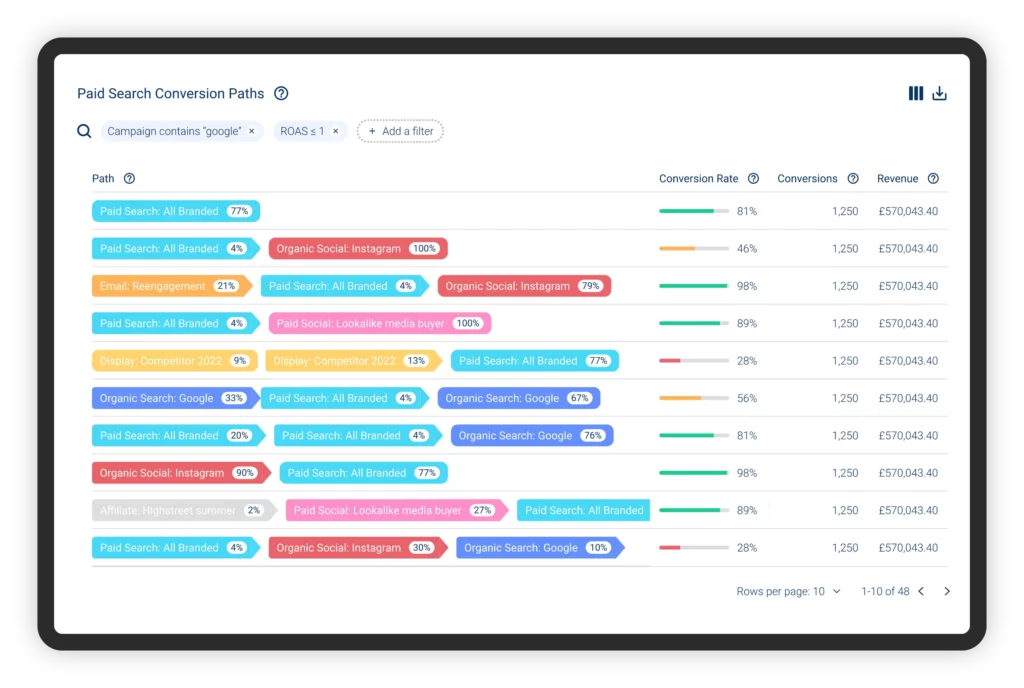
Customers: Volvo, Decathlon, QVC.
5. Objective platform
Objective is a unified marketing measurement platform, offering Marketing Mix Modelling (MMM), Multi-Touch Attribution (MTA) + experiments.
As for Objective’s attribution approach, it assesses the impact of each traffic source by evaluating how the conversion rate varies: with and without it.
Initially, it calculates the conversion rate for each unique customer journey, or ‘path’. Then it compares this path with other paths in its dataset that are identical, except for a single touchpoint. For example, if a path featuring a banner view has a conversion rate of 12%, and a similar path without the banner view has a 10% conversion rate, it’s inferred that the banner view boosts the conversion rate by 2%.
Customers: Vodafone, American Express, Unive.
FAQ
1. What is predictive attribution?
Predictive attribution uses statistical models to forecast the marketing touchpoints likely to lead to conversions or leads. This method relies on historical data, making it effective in today’s cookieless world. Machine learning aids in predictive attribution by analysing user behaviour on websites to identify patterns that typically lead to conversions, thus spotlighting the most promising channels.
2. Are there any cookieless attribution tools?
If you’re looking for a marketing attribution solution to tackle cookie restrictions like ITP as well as cross-device tracking challenges, you may consider SegmentStream.
Its behaviour-based approach allows marketers to measure performance based on each user’s probability of converting after ad interactions. Meaning the approach works even if the final conversion happens from another browser, device, or cookie.
There’s also Corvidae that positions itself as a cookieless solution, relying on a pixel instead of cookies.
3. Predictive vs Data-Driven Marketing Attribution Models: what’s the difference?
Most data-driven attribution solutions rely on historical conversion data to assign credit to marketing touchpoints. As a result, they struggle with cross-device tracking, long sales cycles, tracking restrictions, and the limitations of cookie use.
On the other hand, predictive attribution solutions, such as SegmentStream’s, don’t require a conversion to have already happened. Instead, they assign value to each ad interaction in real-time, based on the likelihood of conversion. This allows marketers to understand the effectiveness of each advertising dollar spent.
Optimal marketing
Achieve the most optimal marketing mix with SegmentStream
Talk to expert